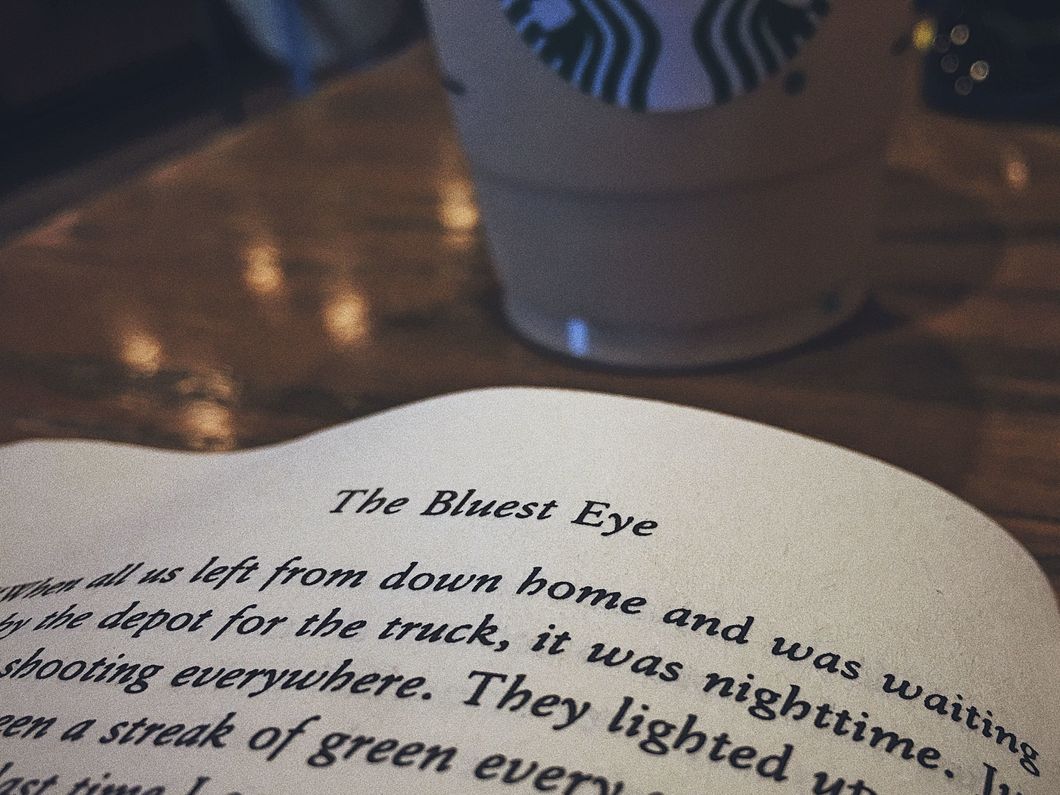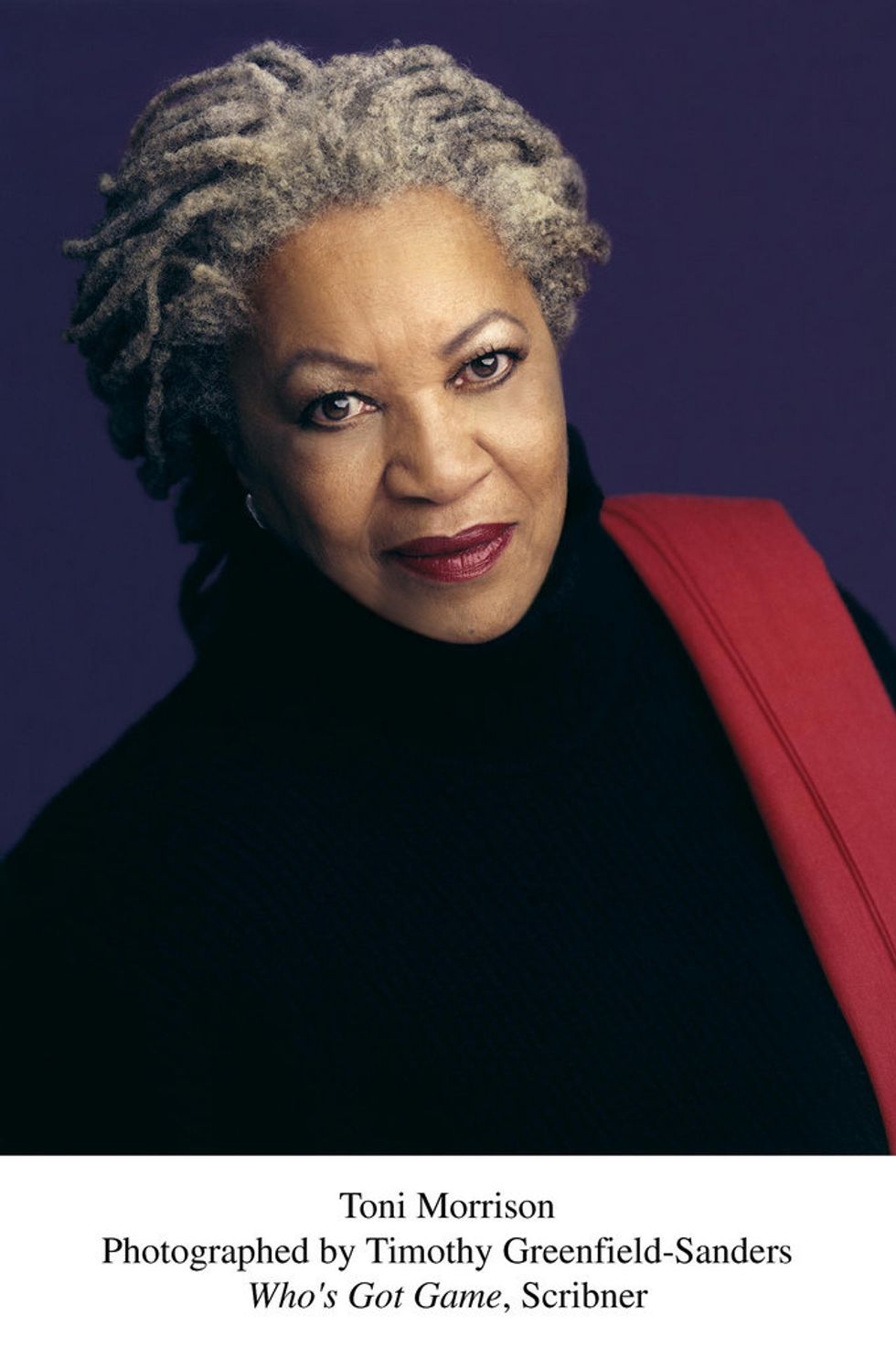"The Bluest Eye" delves into the world of a young black girl growing up in the United States in the 1940s. Morrison boldly and unapologetically confronts the beauty ideals that existed back then, while slyly forcing us as readers to confront our own. The beginning chapters reveal the wish of the young Pecola Breedlove to have blue eyes so that she could be beautiful in a world where everyone sees her as ugly.
Without giving away too much, this novel relentlessly challenges society on the harsh beauty standards that have been set in place and the effect that these standards had on young girls growing up who don't fit within these ideals. Morrison is a prominent African American author who would have been the same age as the main character in 1941 (when the novel officially begins); however, it was written in 1970, nearly 30 years later. This breaks down that fourth wall and reveals that regardless of her success, those insecurities brought on by society are stuck.
Always ahead of her time, Morrison challenges the readers of this novel to look past the difference in time and setting and acknowledge the little Pecola that exists within all of us. Though born and raised in the States, I can't hide from my Indian heritage and I don't want to either, I'm proud of it. But when I was younger, the impossibility of being beautiful has stuck with me because my hair is black and my skin is brown. Morrison explores exactly this feeling, this moment in a young girl's (and boy) life where they question their worth due to borders and boundaries that were drawn by people we don't even know and can't even see.
"The Bluest Eye" is a literary masterpiece written in a way that can relate with everyone in all different phases of life, connecting each of us through our insecurities. Toni Morrison challenges each of us to not let those insecurities hold us back from what the World really has to offer.

















